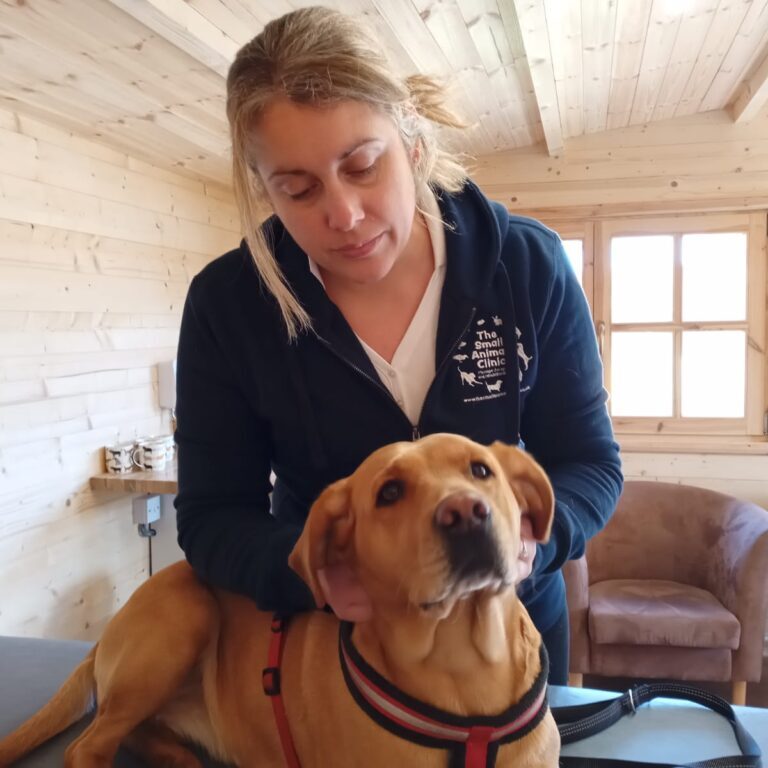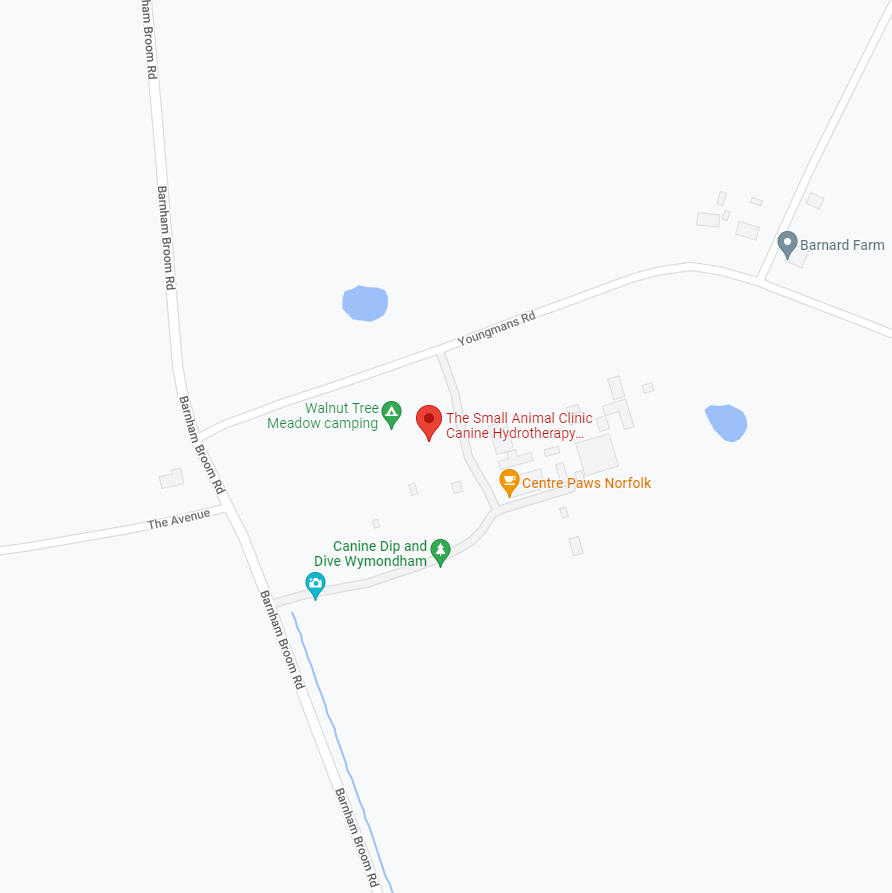Massage therapy
Maintenance
Who is this for?
Generally healthy animals, companion animals, geriatric animals, working animals (police dogs, assistance dogs, therapy dogs), athletic animals
Why should my animal have this?
To reduce any muscular tension, to try and maintain a healthy animals abilities/work for as long as possible
How often should they have a session?
1-2 sessions per month
Rehabilitation
Who is this for?
Any animal suffering from, or in a debilitated state following, a recent illness, injury or surgery. However, this is not designed to diagnose, treat or prognose an illness or injury.
Why should my animal have this?
To compliment an ongoing treatment programme initiated by a veterinary surgeon, to assist the body in facilitating its natural healing process
Specific types of massage used include:
Massage to reduce sites of inflammation
Circulatory Massage (particularly beneficial for confined animals or post-operative)
Manual Lymphatic drainage massage
Massage to aid with scar tissue formation
Massage for various stages of recovery from injury (Acute, Sub-Acute, Chronic, full recovery) This can be an intensive plan requiring shorter sessions of massage more regularly.
How often should they have a session?
Depends on circumstances, ranging from daily to every 3 – 5 days
Performance
Who is this for?
Animals in training or competition, being asked to increase their levels of fitness
Why should my animal have this?
To optimise an animal’s performance, increase flexibility, decrease the chances of stress related injuries
How often should they have sessions?
Once a week or as dictated by competition schedule
Pre & post-surgery
Who is this for?
Any animal scheduled to undergo surgery, or has recently undergone surgery
Why should my animal have this?
Boosts the animal’s immune system
Reduces the risk of post-surgical infection
Lowers the blood pressure prior to/after a stressful environment
Assists in reducing inflammation
Provides relief of lymphatic congestion
Assists in recovery from anaesthesia
How often should they have sessions?
Once within 6-12 hours prior to surgery, once within 24 hours following surgery. After this period, rehabilitation massage should be carried out
Palliative care
Who is this for?
Any animal who may be in the later stages of life, possibly who have received an untreatable diagnosis needing some extra support and care
Why should my animal have this?
Massage is designed to nurture your animal both physically and psychologically, providing pain relief and support when it is needed most
How often should they have a session?
This is dependent upon your animal’s needs, it can be every 3-4 day


Veterinary consent form
We need to make sure it’s alright with you and your vet first. This a requirement by law, and we will be unable to see your animal without prior consent.
Simply download and complete the Veterinary consent form (download button below) and give to your animal’s vet for their section to be completed. Email the complete form back to us at contact@thesmallanimalclinic.co.uk and we then we can book your first appointment.
Frequently asked questions
What animals can you treat?
I am qualified in Small Animal Massage, which covers dogs, cats, rabbits, guinea pigs, even chickens… any small pet really!
Get in touch if you’re unsure if I can treat your animal.
How many massages will be required?
This depends on the needs of the animal. If it’s just for maintenance purposes, once or twice a month is recommended. If the massage is for rehabilitation, treatment plans can vary greatly (post-operative/surgical rehabilitation massage can require daily treatment).
My animal is poorly. Can I bring them to you?
If your animal has unexplained symptoms, you must take them to see their registered vets as your first point of call.
I am unable to diagnose your animal so will always refer back to your vets should your animal appear unwell with no prior diagnosis provided.
What illnesses or conditions can massage assist with?
Massage can benefit animals with a variety of conditions and can assist healthy animals to stay healthy!
Please see the Animals with medical conditions page for more info.
Are there any side effects?
This is dependent upon your animal’s general health and the type of massage undertaken. Advice will be provided on the day. Side effects can include lethargy and increased thirst.
Do I need to stay with the animal?
I will need you to stay initially to answer any questions about your animal’s health. Following the massage, I will update you of any findings and recommendations.
During the massage itself however, the decision whether to stay is entirely up to you. Sometimes animals settle more without their owner being present, in which case there is a coffee shop opposite the clinic.
You are more than welcome to stay and watch!
My animal can be aggressive. Will you still help?
We would never leave an animal who needs help. There are often ways that we can work around aggression. However, safety does come first.
Please get in touch to discuss your situation further.
Is the massage a “beauty treatment”?
Absolutely not.
In the human world, some consider massage as being part of a beauty regime due to its potential to relax the muscles (and because it feels good).
Massage is designed and created to assist the body in achieving homeostasis (balance of the body’s systems). At The Small Animal Clinic, our goal is to consider the health of your animal and how we can assist them in making them feel better, not look better.
Come visit us!
You will find ‘The Small Animal Clinic’s’ Hydrotherapy centre within ‘Centre Paws’ in Wymondham, Norfolk.
Incorporating a dog groomer, dog agility, a dog friendly café, animal massage and even alpaca trekking, Centre Paws is the ideal place to bring your dog. We are only five minutes from the A11 and 20 minutes from Norwich, and you will find ample car parking on site.
